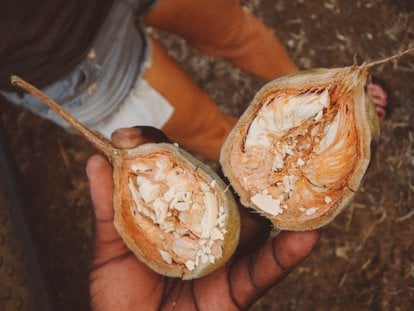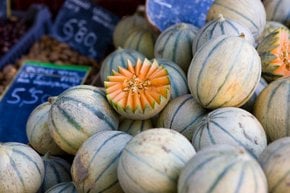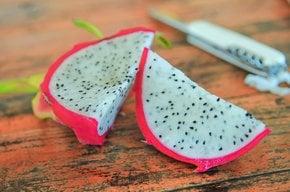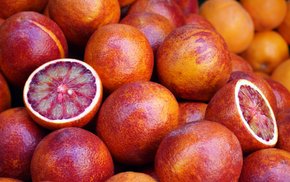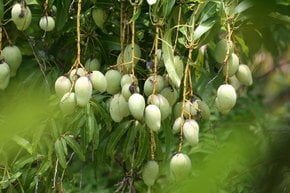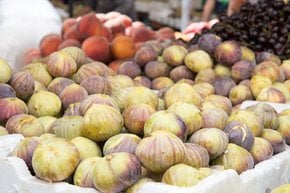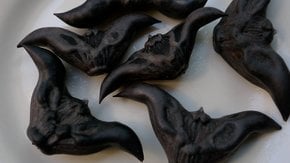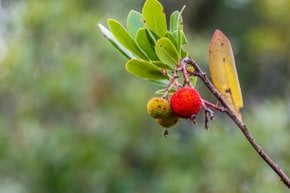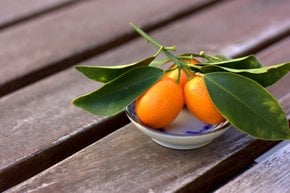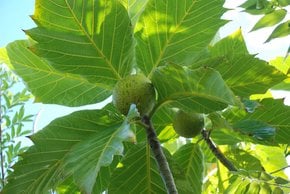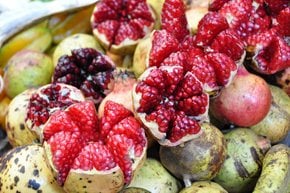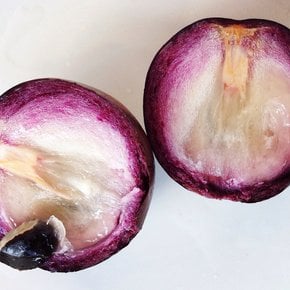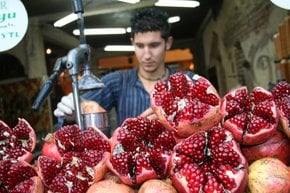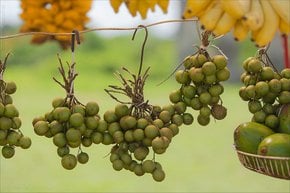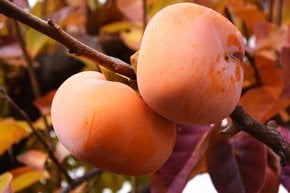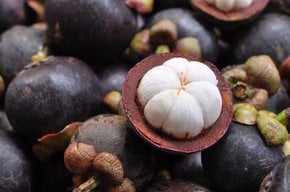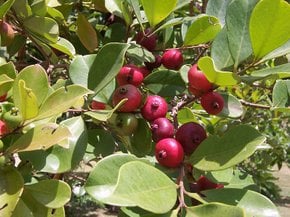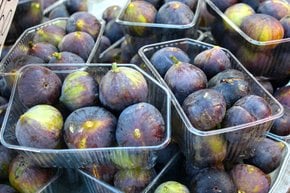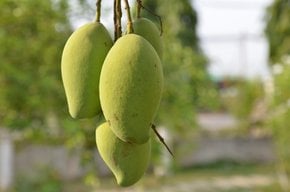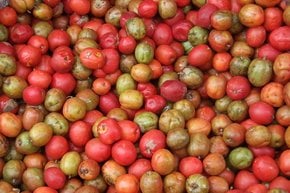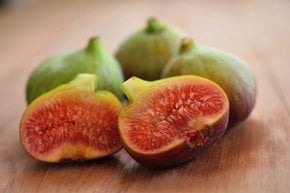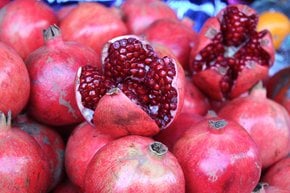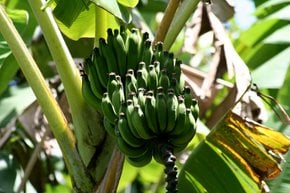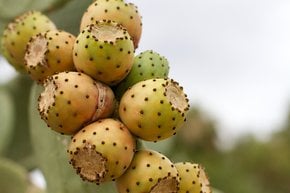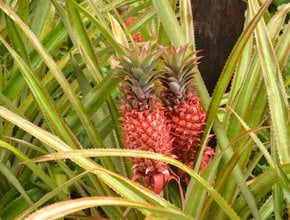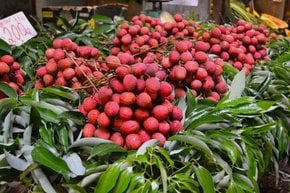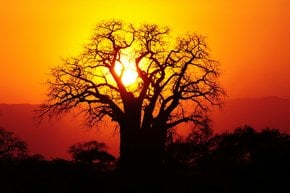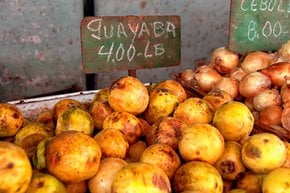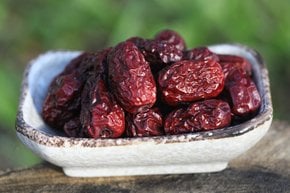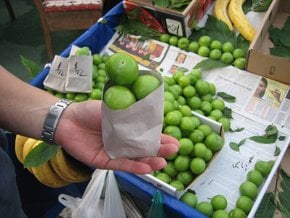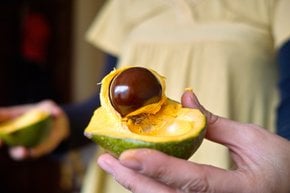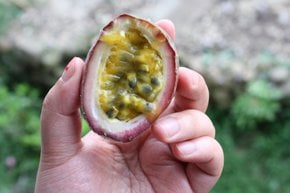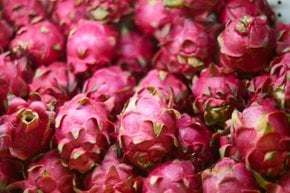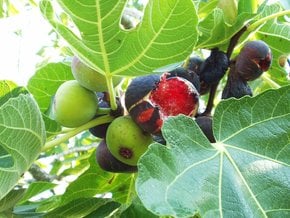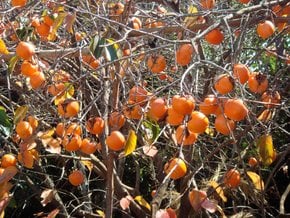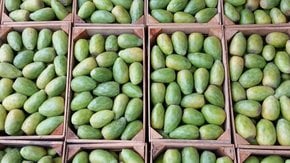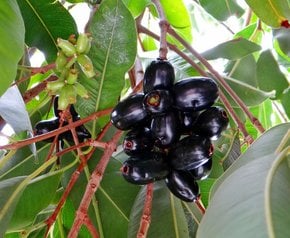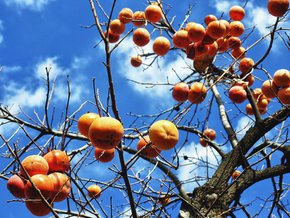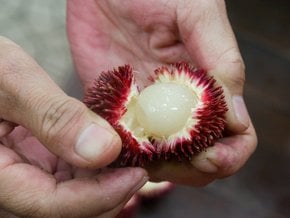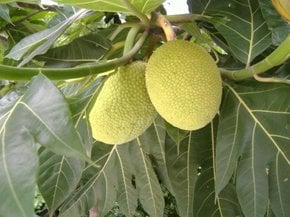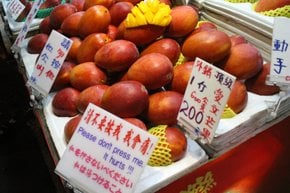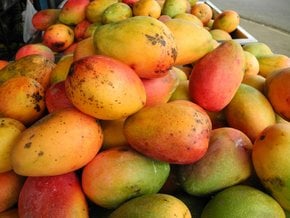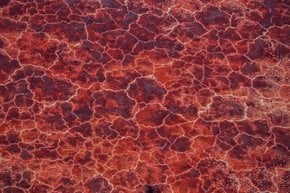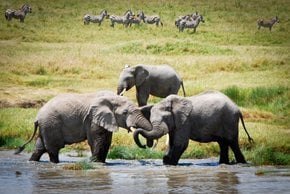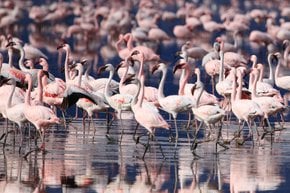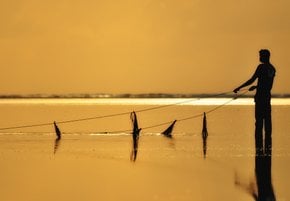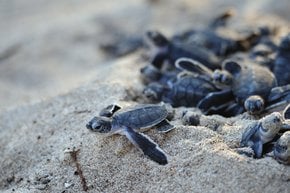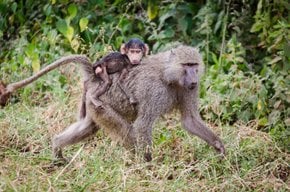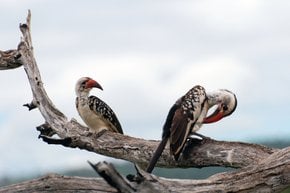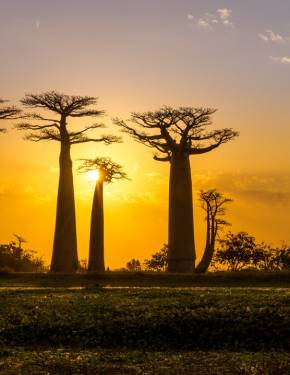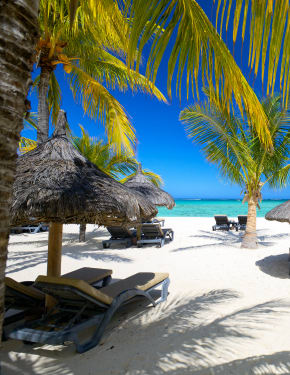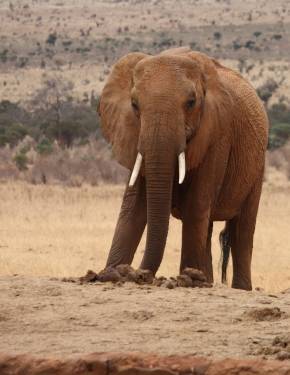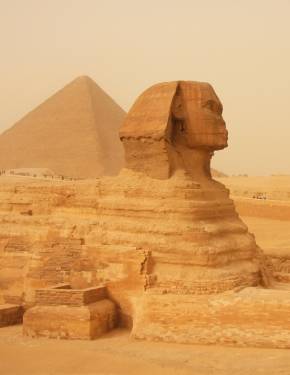Baobab Fruit Season in Tanzania 2025-2026
These amazing trees that create such a unique and famous landscape for Africa are also sources of food and water for both people and animals
Best time: December–May
This impressive tree is a real symbol of Africa. Native to the African savannah, baobabs play a huge role in the life of local people and animals. Baobabs serve as a source of water during the dry season. People make small holes in the trunk and put cisterns to be filled. Fortunately, this doesn't stop the tree from growing neither it harms the tree. Lots of animals are dependent on baobabs as well, such as elephants, monkeys, and baboons. They feed on its leaves, flowers, and fruits and even drink the water from its trunk.
The tree can grow as high as 25 metres and more than 20 metres in diameter. The bark is grey and smooth, which consists of spongy fibres that store moisture. Branches form the crown and the leaves are hand-shaped. Baobabs have a strong root system, which also helps to resist draughts. Its special wood properties protect the tree even from fire. Many of these trees can be several thousand years old.
Baobab trees first bloom at the age of 20. Fruits appear six months after blooming. The Baobab fruit is around 15–20 cm long with a hard wooden shell and covered by green and yellow hair. Inside the fruit has a white powdery flesh and several seeds. It can be eaten fresh or crushed with milk or water to make a drink. The leaves are also edible, mainly cooked in a sauce or dried and turned into a powder called lalo. The fruit season lasts from December through May.
One of the best places to see baobabs is Tarangire National Park renowned for its baobab covered landscape. One more great time is the dry season when you can see lots of animals using the tree for water.

